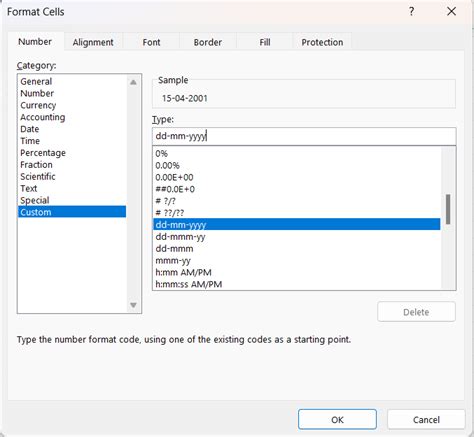Introduction to Displaying Date on Android
Today, mobile applications play a pivotal role in our lives, and the ability to display the date and time accurately is a fundamental requirement for many Android apps. In this tutorial, we will explore different methods to display the date on Android devices, ranging from simple text-based solutions to more advanced options using custom layouts. Whether you are a beginner or an experienced developer, this guide has got you covered.
Method 1: Using TextView to Display the Date

TextView is a versatile widget in Android that allows developers to display text content. To display the date using TextView, you can leverage the built-in functionality provided by the TextView class. Follow these steps to accomplish this:Step 1: Open the layout file for the activity or fragment where you want to display the date.Step 2: Drag and drop a TextView widget from the palette onto the desired position in the layout.Step 3: Give the TextView an appropriate ID using the "android:id" attribute.Step 4: In your Java code, find the TextView using the findViewById() method and assign it to a variable.Step 5: Use the SimpleDateFormat class to format the current date as per your requirements.Step 6: Set the formatted date to the TextView using the setText() method.
Method 2: Using DatePicker to Select and Display the Date

Sometimes, you may want to allow the user to choose a specific date and display it accordingly. Android provides a built-in DatePicker widget that facilitates this functionality. Here's how you can implement it:Step 1: Open the layout file for your activity or fragment.Step 2: Drag and drop a DatePicker widget onto your layout.Step 3: Give it an appropriate ID using the "android:id" attribute.Step 4: In your Java code, find the DatePicker using findViewById().Step 5: Set a listener using the setOnDateChangedListener() method to capture the selected date.Step 6: Inside the listener, format the selected date using SimpleDateFormat and display it using a TextView.
Method 3: Using a Custom Date Format

By default, Android provides a set of predefined date formats. However, you may have specific formatting requirements that are not covered by the standard formats. In such cases, you can create a custom date format using the SimpleDateFormat class. Here's how:Step 1: Declare an instance of SimpleDateFormat with your desired format pattern. For example, "dd/MM/yyyy" for day/month/year format.Step 2: Use the format() method of the SimpleDateFormat instance to format a Date object according to the specified pattern.Step 3: Display the formatted date using a TextView or any other desired UI component.
Method 4: Using Third-Party Libraries

In addition to the built-in options provided by Android, you can also utilize third-party libraries to enhance the date display capabilities in your app. Some popular libraries include Joda-Time and ThreeTenABP. These libraries offer more advanced features and extensive date formatting options. Here's how you can use them:Step 1: Include the library dependency in your project's build.gradle file.Step 2: Import the necessary classes in your Java code.Step 3: Follow the library's documentation to implement the desired date display functionality.
Method 5: Localizing the Date Display

If your app is used by audiences from different regions, it is essential to consider localizing the date display to cater to various date formats and conventions. Android provides robust localization support that makes it easy to adjust the date display based on the user's locale. Here's how you can achieve this:Step 1: Create separate string resource files for each supported language and region combination.Step 2: Define the date format patterns in the respective string resource files.Step 3: Update your Java code to fetch the appropriate format string based on the user's locale.Step 4: Format the date using SimpleDateFormat and the obtained format string.Step 5: Display the formatted date to the user.
Conclusion
Displaying the date accurately is a vital aspect of many Android applications. In this tutorial, we explored different methods to achieve this, including using TextView, DatePicker, custom date formats, third-party libraries, and localizing the date display. By following these techniques, you can ensure that your app effectively communicates the date information to its users. Remember to choose the approach that best suits your app's requirements and user experience. Happy coding!
No comments:
Post a Comment